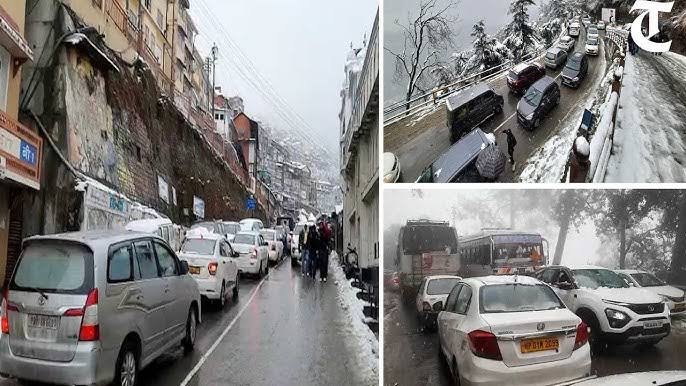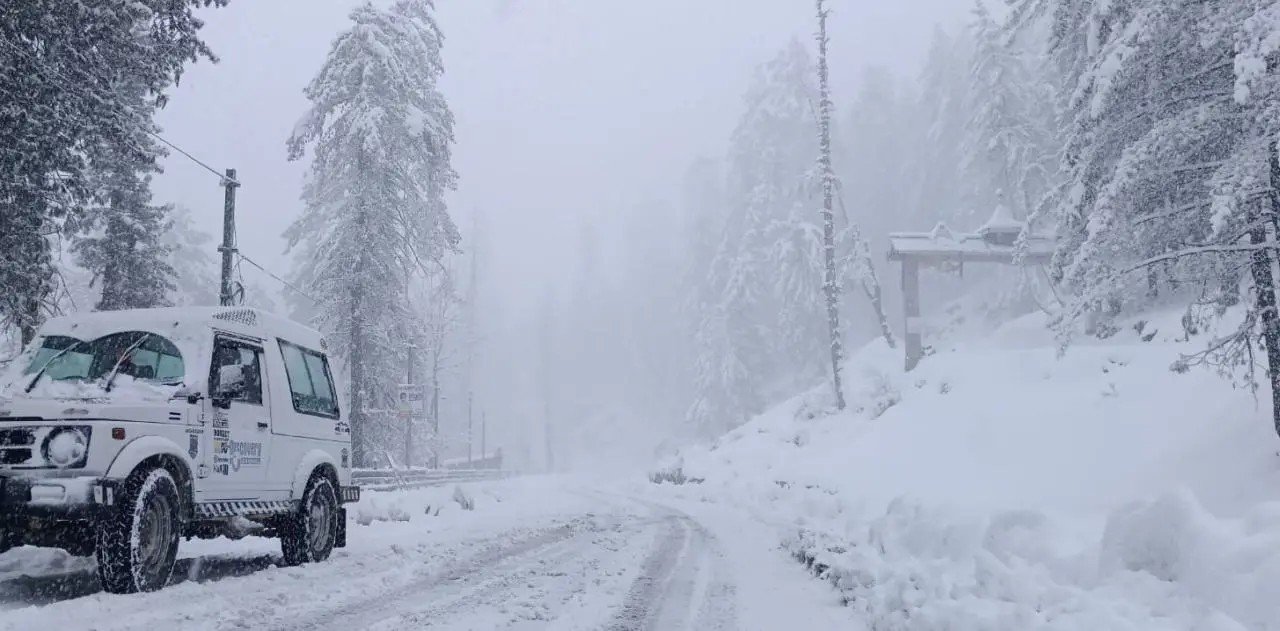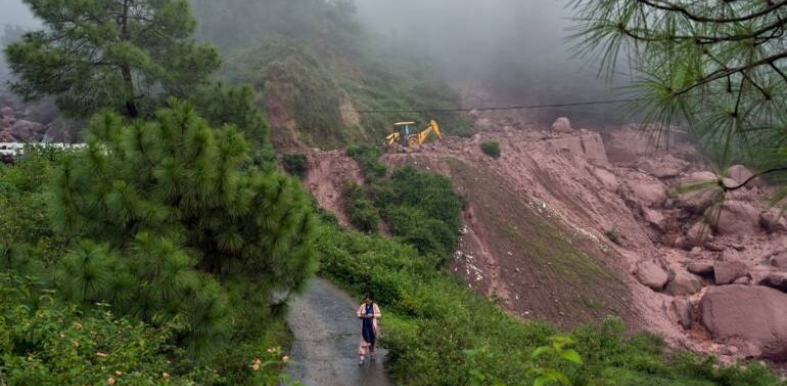Worst drought in 19 years; dry spell takes toll on agriculture, tourism, power generation
Himachal Pradesh is facing its most severe drought since 2005, with rainfall in October, November and December 2024 being 96 per cent below normal.
The state recorded only 2.3 mm of rainfall, compared to the normal 57.7 mm during these months. Several districts, including Chamba and Sirmaur, recorded no rainfall at all, while others like Kullu and Bilaspur received less than 1 mm. This prolonged dry spell is taking a heavy toll on agriculture, tourism, power generation and water availability, creating widespread challenges for the state.
58% of Himachal land left unsown
The drought has crippled agricultural activities, leaving 58 per cent of the state’s land unsown for rabi crops. Farmers who managed to plant cash crops such as peas, cabbage and mustard are reporting severe losses due to inadequate moisture.
The absence of rainfall has left fields barren and made irrigation almost impossible, further compounding the crisis for farmers dependent on seasonal cultivation.
Dry weather leading to fever, cold, sore throat
The weather has been unusually dry and extreme, with bright sunshine during the day resembling summer, while mornings and evenings are bitterly cold, with temperatures dropping below freezing.
This stark contrast is leading to dry cold conditions, which have triggered a rise in cases of fever, cold and sore throats. Hospitals are reporting an increased number of patients suffering from such ailments.
Tourism, a key contributor to the state’s economy, has been significantly impacted by the lack of snowfall and rainfall.
The number of visitors has declined, especially on weekdays, affecting businesses dependent on tourism. Simultaneously, the reduced water levels in rivers are hampering hydroelectric power generation, another critical revenue source for the state.
Drought hits 20% of drinking water schemes
The drought has disrupted about 20 per cent of the state’s 3,000 drinking water schemes. Districts like Dharamshala, Chamba, and Shimla are facing severe water scarcity, with 314 schemes being the worst affected. If the situation persists, the crisis is expected to deepen further.
Horticulture, particularly new plantations, is bearing the brunt of the drought. Experts advise farmers to adopt measures like evening irrigation, mulching and protective coverings to minimise damage from fog. However, the prolonged dry spell is making it difficult to maintain moisture levels, putting gardens at risk.






